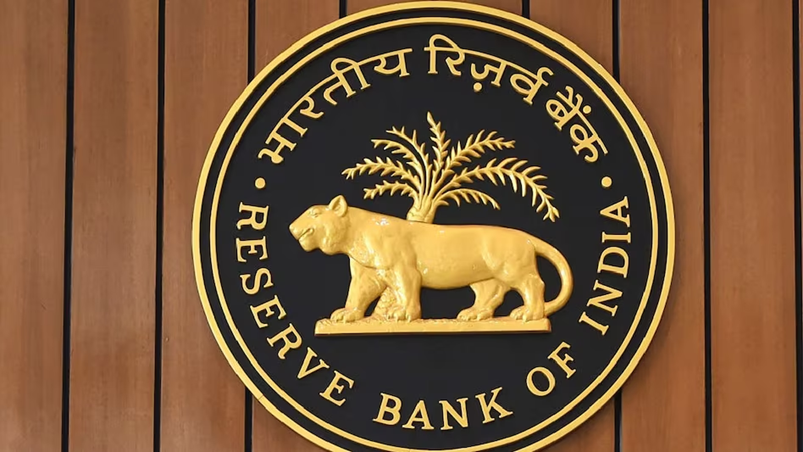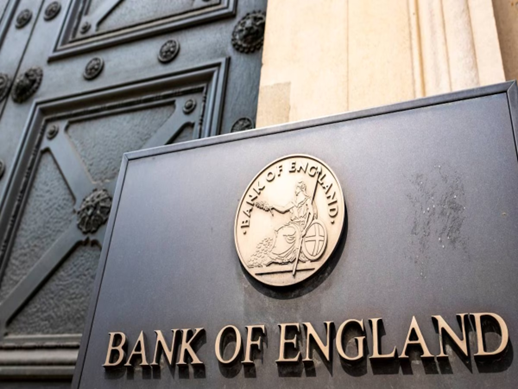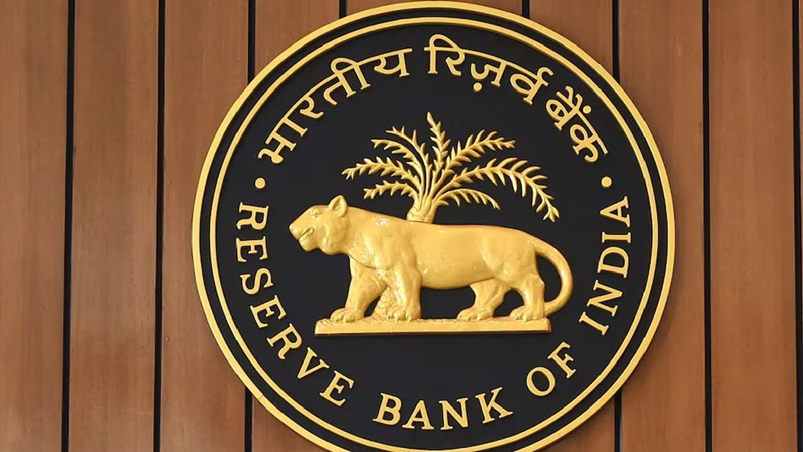RBI recently relocated 102 tonnes of gold from the Bank of England’s vaults to secure facilities within India. This transfer highlights the central bank’s belief in keeping valuable assets closer to home. Since September 2022, India has repatriated 214 tonnes of gold, demonstrating the RBI’s preference for keeping more of its wealth within its own borders.
RBI Brings 102 Tonnes Of Gold From Bank Of England
Why In News
- RBI recently relocated 102 tonnes of gold from the Bank of England’s vaults to secure facilities within India. This transfer highlights the central bank’s belief in keeping valuable assets closer to home. Since September 2022, India has repatriated 214 tonnes of gold, demonstrating the RBI’s preference for keeping more of its wealth within its own borders.
Gold Relocated
- With a total of 855 tonnes in reserves, the RBI now holds 510.5 tonnes within the country. This shift aligns with rising geopolitical risks and the government’s goal of enhancing security by managing its assets domestically.
- The yellow metal has now been stored at safe locations within India. Traditionally, India’s gold is stored at RBI’s vaults in Mumbai and Nagpur.
- Interestingly, this movement of gold comes after a similar mission had been carried out in May, bringing back 100 tonnes of gold from the UK.
- At the time, it was reported that it was one of the largest gold relocations since the 1990s. Currently, 324 tonnes of India’s gold reserves remain in the custodianship of the Bank of England and the Bank for International Settlements, both based in the UK.
- The Bank of England has long been a trusted custodian for central banks globally, offering a secure “bullion warehouse” since 1697. London’s bullion market also provides liquidity advantages. However, sources suggest that India is unlikely to move more gold out of the UK this year.
- Gold now accounts for 9.3% of India’s total foreign reserves, up from 8.1% in March.
Why Was This Gold Kept Abroad
- Most countries store some of their gold reserves in foreign vaults to spread out risk and facilitate international trading. For India, besides the Bank of England, it stores gold reserves at the Bank for International Settlements (BIS) in Basel, Switzerland, and the Federal Reserve Bank of New York in the United States.
- This gold was moved to the Bank of England in 1990 amidst the country’s foreign exchange crisis.
- At the time, PM Chandra Shekhar’s government was in power at the Centre and the country’s balance sheet was a mess. The country’s central bank had less than $1 billion in forex reserves, barely enough to meet import requirements for three weeks.
- Amid this financial crisis, RBI Governor S Venkitaramanan presented the idea of raising money from international banks by offering gold as collateral. Realising this was a practical step, in May 1991, the government decided to lease smuggled gold confiscated by customs to the State Bank of India which, in turn, sold it to a Swiss bank to raise $200 million.
- The RBI then negotiated with the Bank of England and the Bank of Japan for an additional loan of $400 million, which would be secured by the gold collateral. Even though the loan was paid back by November 1991, India decided to keep the gold in the UK for convenience. Storing gold abroad makes it easier for the country to trade, engage in swaps and earn returns.
Why Bring Back So Much Gold Now
- Bringing the gold home has great significance attached to it. Bringing the gold home in recent times — from May — is a reflection of India’s economic growth and a belief in this growth story.
- When India moved the precious metal abroad, the country’s economy was in the doldrums. But not anymore. As the Times of India reports, this transfer is an indication of India being strengthened in the economy.
- Sanjeev Sanyal, an economist, said that India holding most of its gold is reflective of “the long way since we had to ship out gold in 1991”. According to him, the shipping out of gold in 1990-91 was a moment of failure that “we will never forget”. “This is why this shipping back of gold has a special meaning,” he said.


























